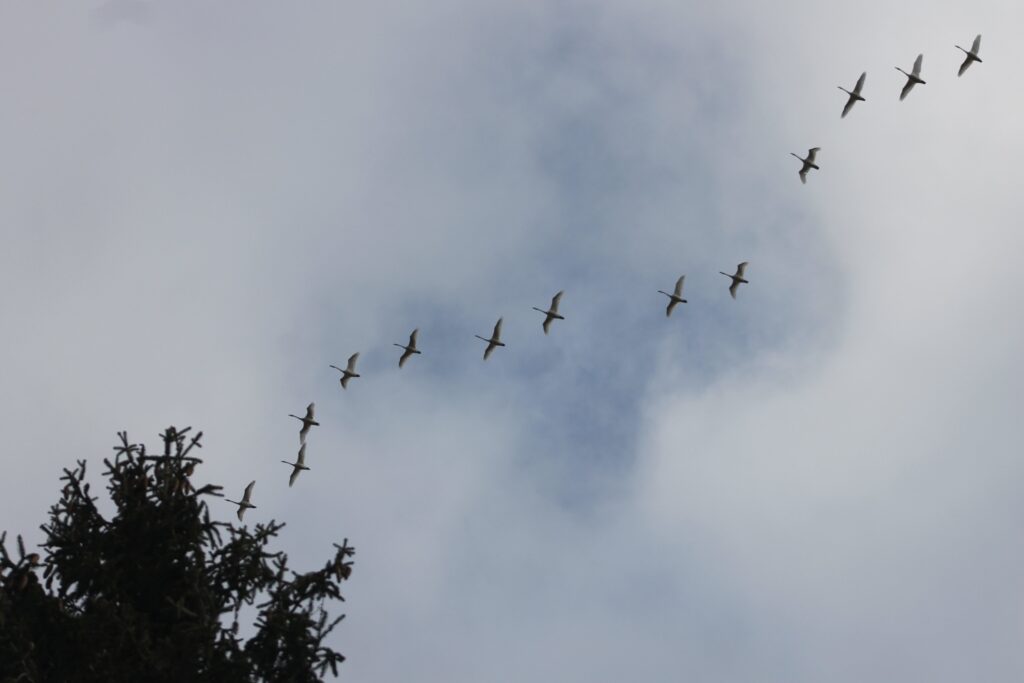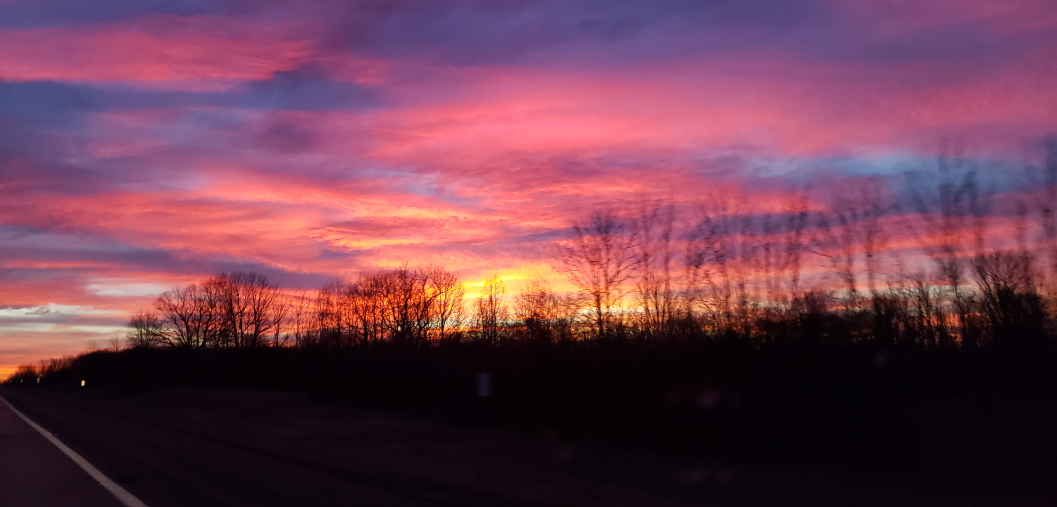Migration through Western New York hits its peak between March 12th and March 15th
By Bob Confer,
Keep your eyes to the skies. Recently, one of my favorite signs of spring – and certainly one of the most beautiful – have been migrating through the region. Tundra swans are making their journey to the far north and are gracing us with their angelic appearance and interesting calls.
For the most part, tundra swans spend their winters along the mid-Atlantic and mid-Pacific coasts of the United States. During tame el Nino winters, like the one we had, quite a few stragglers will spend the cold months WNY — especially at the Iroquois Wildlife Refuge — where they take advantage of the open waters.
These swans are leaving their wintering grounds and just now beginning their northward treks. I’ve always found that their migration through Western New York hits its peak between March 12th and March 15th of every year, while smaller flocks can be seen as late as the first week of April.
Their numbers are nothing like those of the Canada geese or various ducks that pass through the area. Overall, their northern breeding populations is estimated at 280,000 birds. I would consider tundra swans to be uncommon migrants around here – I might be lucky to see maybe a half dozen each pass overhead every March. That’s what makes seeing them so special.

You can’t mistake them when you see them. They have large white bodies and very long necks (which allows you to tell them apart from snow geese, which are also white). They have a mammoth wingspan of 5 to 7 feet and they’re big…a healthy adult bird can weigh more than 20 pounds.
You can also tell them apart from other migrating waterfowl by their high flight. You will notice they fly much higher than Canada geese. Migrating geese fly at altitudes of 2,000 to 9,000 feet. Swans fly at heights of 9,000 to 26,000 feet!

They have an interesting call that travels a very long distance – and which will alert you to an incoming flock. It’s best compared to a clarinet-like hoot or maybe even a dog bark. I absolutely love their sound as it means spring is here. Whenever I hear them, I stop what I’m doing and soak it all in.
Tundra swans were once commonly known as whistling swans because of the whistling sound created by their wings in flight, a sound so pronounced you can hear it even if they are 100 feet above your head.
Swans will stop to feed in open fields while here and they spend their evenings and nights sleeping on ponds and lakes.
Tundra swans are with us for only a few weeks. Savor their brief visits and their stark beauty – they’re telling us spring is here.





